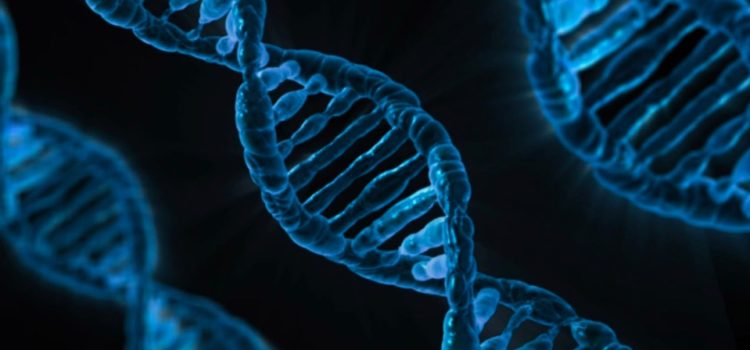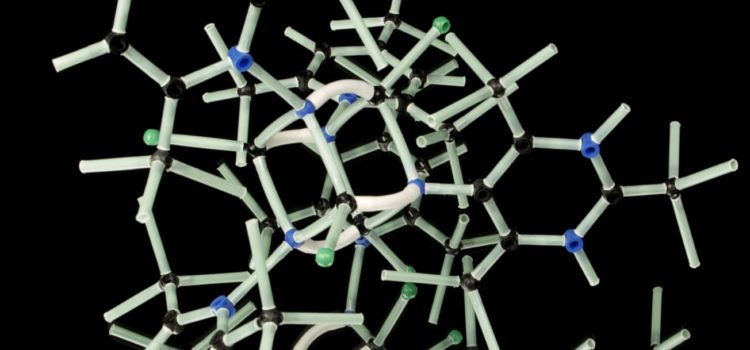What exactly are emotions? How can understanding emotions—how they arise and unfold—help you regulate your mood and psychological states? There is no scientific consensus about what emotions are. However, experts generally agree on three things: 1) emotions originate in the “midbrain,” 2) emotions are accompanied by physical changes, and 3) physical changes in the body prompt urges to act on the emotion. Keep reading to learn about the psychology of emotions, where they originate, and how they unfold.
Understanding Emotions: Everything You Need to Know










